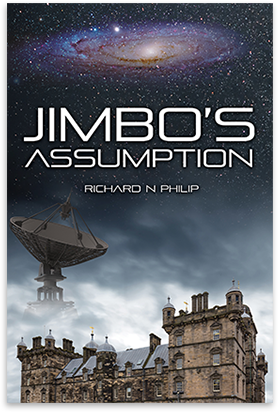
Maria Gaetana Agnesi
The formation of the modern Italian state unfolded over the 19th century, with some adjustments to borders occurring even later.
The talents of the populace, simply termed Italians here for brevity, existed and advanced long before then. Leonardo da Vinci and Galileo Galilei are two early celebrities from a long list of accomplished artists, scientists, and engineers. From circa 1650 CE, here, and throughout Europe, the Enlightenment arose: reason, skepticism, rationality, individuality, and humanism were characteristics, all consistent with science and the scientific method.
Created in Lombardy during 1800 CE, Alessandro Volta’s battery was a product, the voltaic pile, our first source of a stable electrical current and the precursor to so much more. Discerning the composition of water was an early result.
An unfortunate feature of our scientific progress has been its predominantly male nature. Few females participated, at least until recently. Half the available talent going to waste. An exception, from Milan, was Maria Agnesi.
Born in 1718 CE, into a wealthy family, the first of a large brood, it must have been apparent from an early age that Maria was unusual. While her father’s commercial success in the silk trade gave her access to the finest tutors, it was her intelligence that made the difference. She became fluent in Latin, Greek, and Hebrew while still a child. She mastered the abstractions of Isaac Newton’s mathematics as an adolescent, able to debate and explain his ideas to leading academics invited to seminars by Pietro Agnesi, her father. Such philosophical gatherings were a feature of the era, although to 21st-century eyes it might appear that Maria was participating in a circus performance.
As she matured, Maria’s primary passions became mathematics and the Church. For a time, life within a convent attracted her, but she acceded to Pietro’s entreaties, remaining in the family home. She eschewed gaiety, uninterested in fashionable clothes, dressing simply, and avoiding parties and concerts. Beyond mathematics, her time seems to have been divided between religious devotions and concern for the disadvantaged.
With encouragement from peers and tutors, Maria resolved to write on differential calculus, combining the disparate insights of earlier scholars within a single, rational framework. Her book, written in Italian but translated into English, Analytical Methods, made her famous, at least within the mathematics fraternity. Intended as a textbook, it contains no original ideas but offers a structured approach, guiding the student through complexity with examples rather than theory. The Paris Academy was impressed, noting that “order, clarity, and precision reign in all parts of this work.”
Her skills captivated the Pope, who wrote, appointing her as an honorary reader at the University of Bologna. Subsequently, the university authorities invited her to assume the chair of mathematics. Here, this history becomes a little murky. No record exists of Maria accepting or declining the invitation. She did not visit Bologna. Nevertheless, her name remained on the university’s rolls for 45 years.
Within a few years, Pietro died, Maria withdrew from the mathematics community, committing her life instead to studying Catholic doctrine and helping the sick. Her charitable endeavours continued for nearly five decades, initially in her late father’s home and then in hospices she established for women, some infirm, others demented. She died in one such institution, quite poor, having spent her share of Pietro’s wealth on charitable deeds.
A sad conclusion to an enigmatic life, perhaps, but her legacy lived on. Well into the 19th century, Analytical Methods was a recommended text for mathematics students. John Herschel, introduced within Jimbo’s Assumption, benefited from Maria’s book while at Cambridge University. His perspicacious classmate and friend, Charles Babbage, was another. We will encounter Babbage in the forthcoming sequel, a star whose luminosity still burns bright.
Post Views : 90